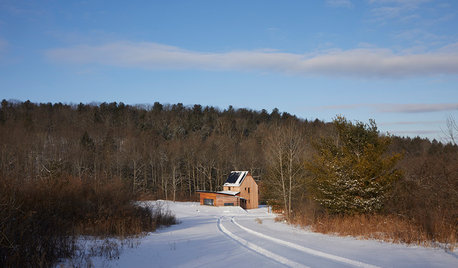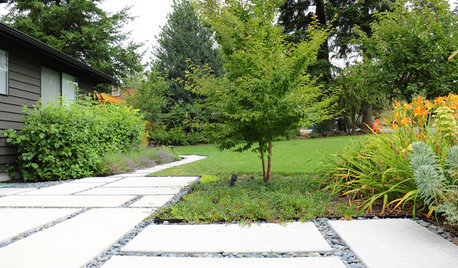i am really new to bonsai, in march of 08 i went into a forest near my house lookin for something i could start out with, i found this tree that looked pretty sad and boring, with no taper or anything that looked like it would be a good bonsai other than the leaf size was really small, and i liked that. so i pulled it up and stuck it in a little pot, i have been messing with it and cutting it down and stuff for a while. i know i am supposed to wait til winter to do any heavy pruning but i am new to this and i was being impatient. now i have it cut down to about 4 inches and its throwing out shoots like crazy, but the only problem is that i have no idea what kind of tree it is, and i think by knowing what kind of tree it is i can better find out how to take care of it and what zones it will live in. but hopefully someone can help me with this. here are some pictures
{{gwi:16266}}
this is what it looked like when i first got it.
{{gwi:16267}}
this is my tree as of right now.
{{gwi:16268}}
here is a close up on a stem.
any help is appreciated, thanks!!
clint










lucy
clint.stevensOriginal Author
Related Professionals
Norfolk Landscape Architects & Landscape Designers · North New Hyde Park Landscape Architects & Landscape Designers · Norton Shores Landscape Architects & Landscape Designers · Hawaii Landscape Contractors · Lady Lake Landscape Contractors · Mount Kisco Landscape Contractors · San Bruno Landscape Contractors · Selden Landscape Contractors · American Fork Decks, Patios & Outdoor Enclosures · Cape Coral Decks, Patios & Outdoor Enclosures · Green Bay Decks, Patios & Outdoor Enclosures · Huber Heights Decks, Patios & Outdoor Enclosures · Northbrook Decks, Patios & Outdoor Enclosures · Overland Park Decks, Patios & Outdoor Enclosures · Universal City Decks, Patios & Outdoor Enclosureslucy
clint.stevensOriginal Author
greenman28 NorCal 7b/8a
clint.stevensOriginal Author
lucy
lucy
greenman28 NorCal 7b/8a